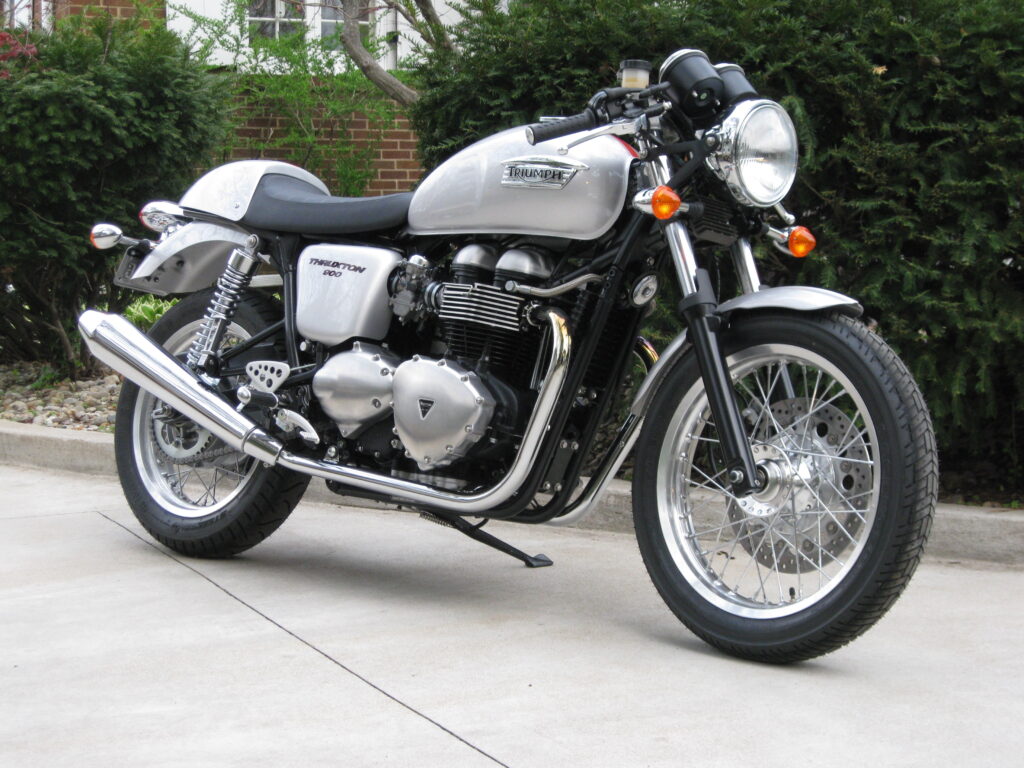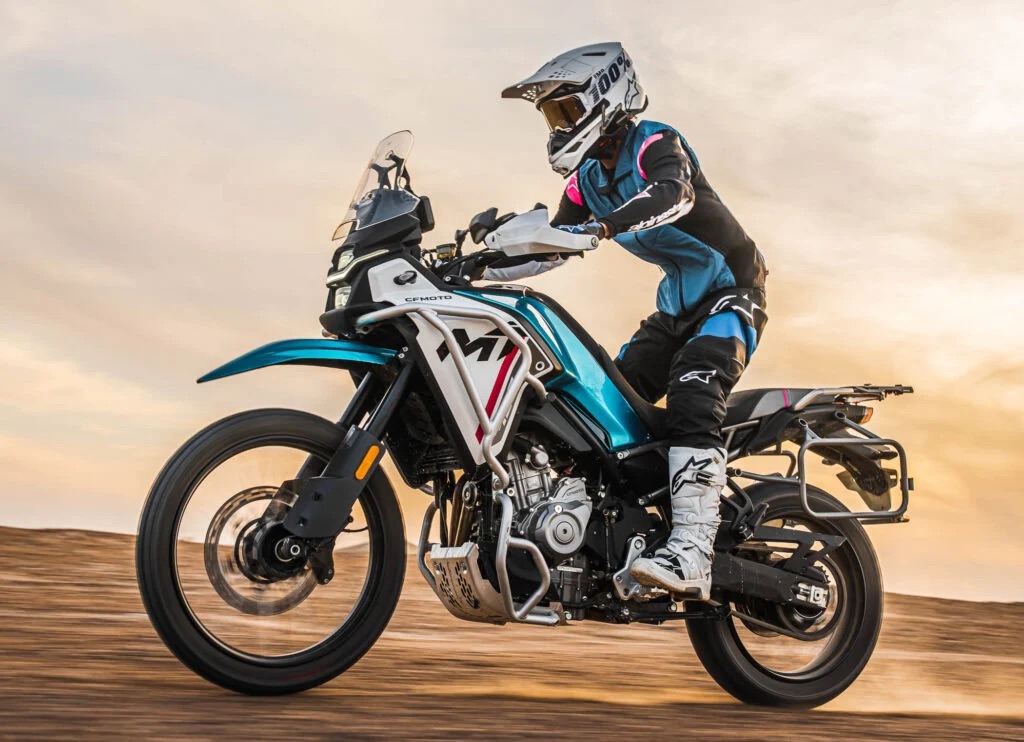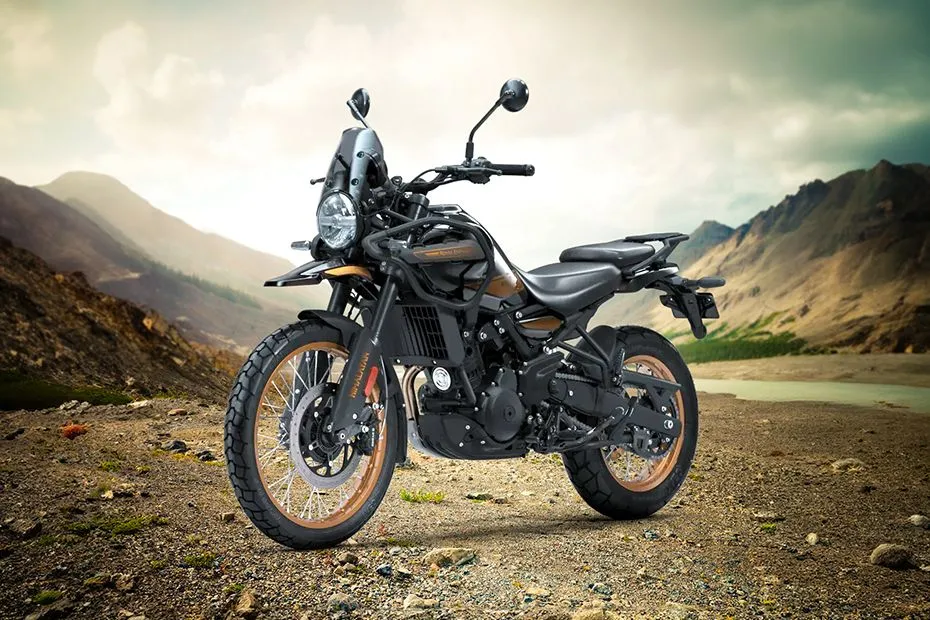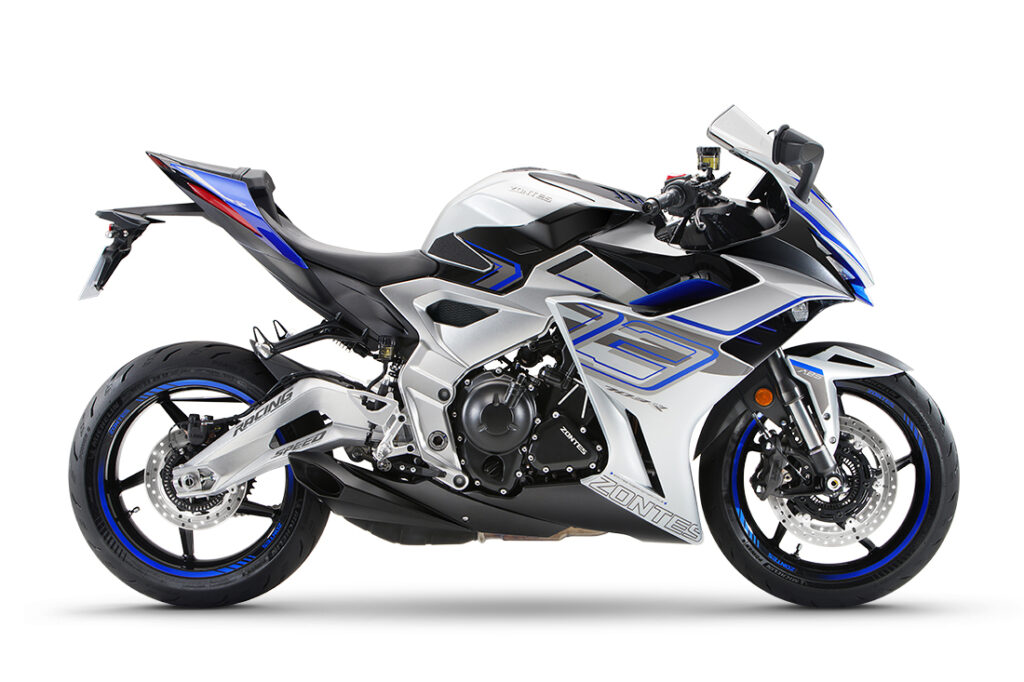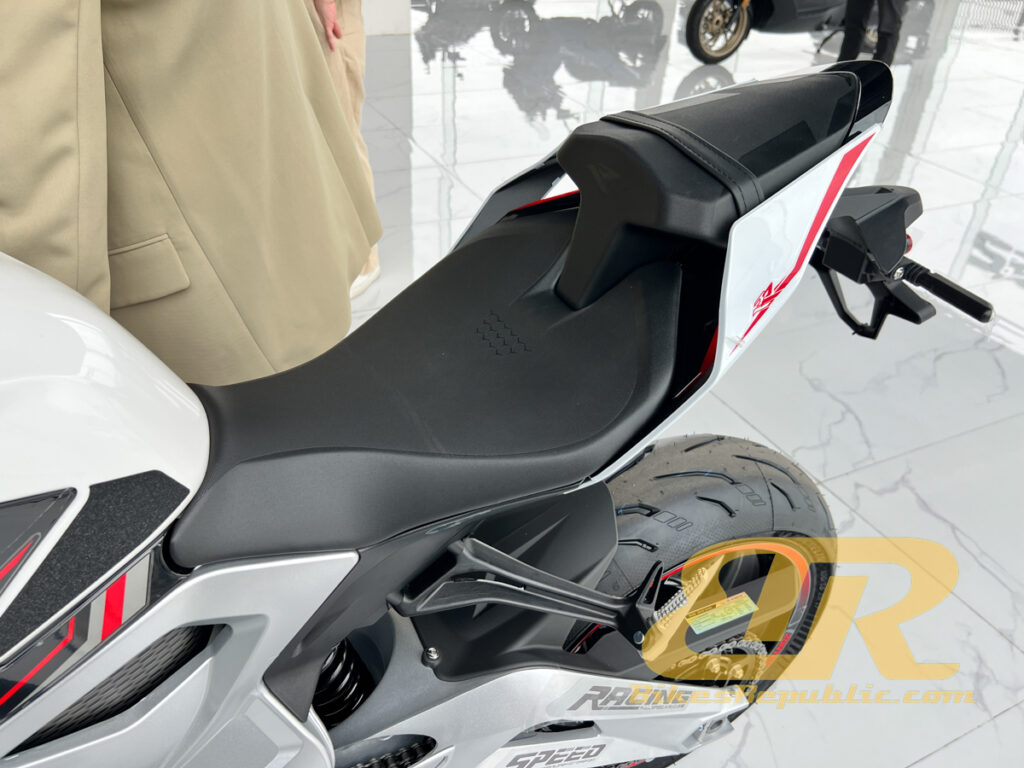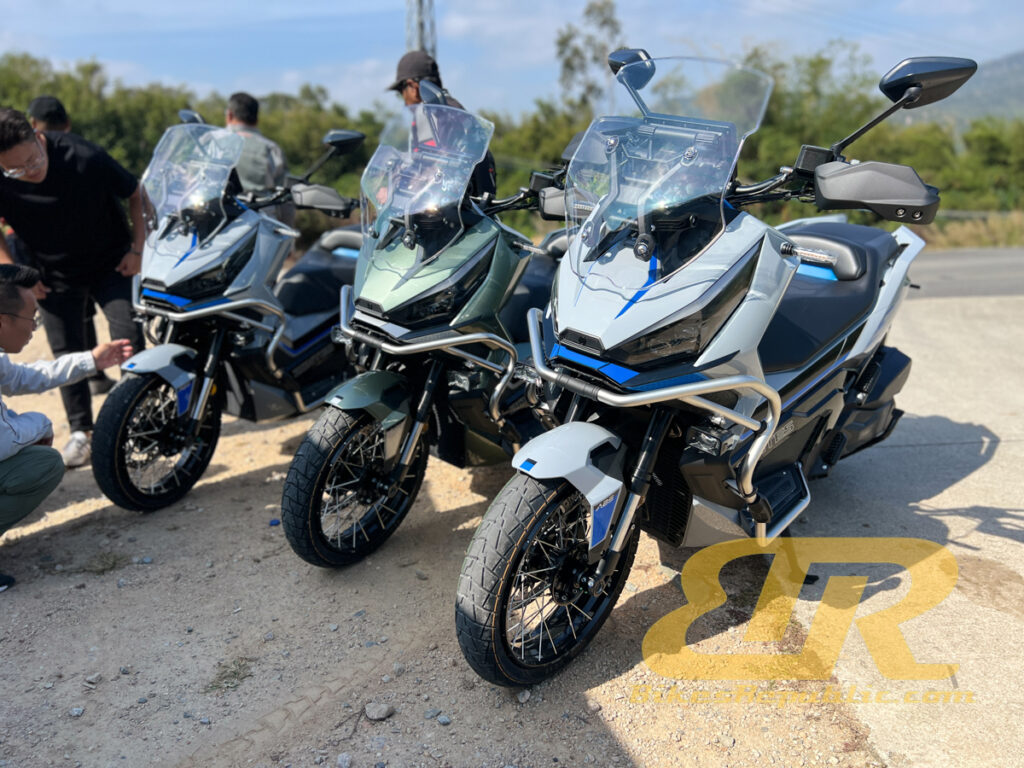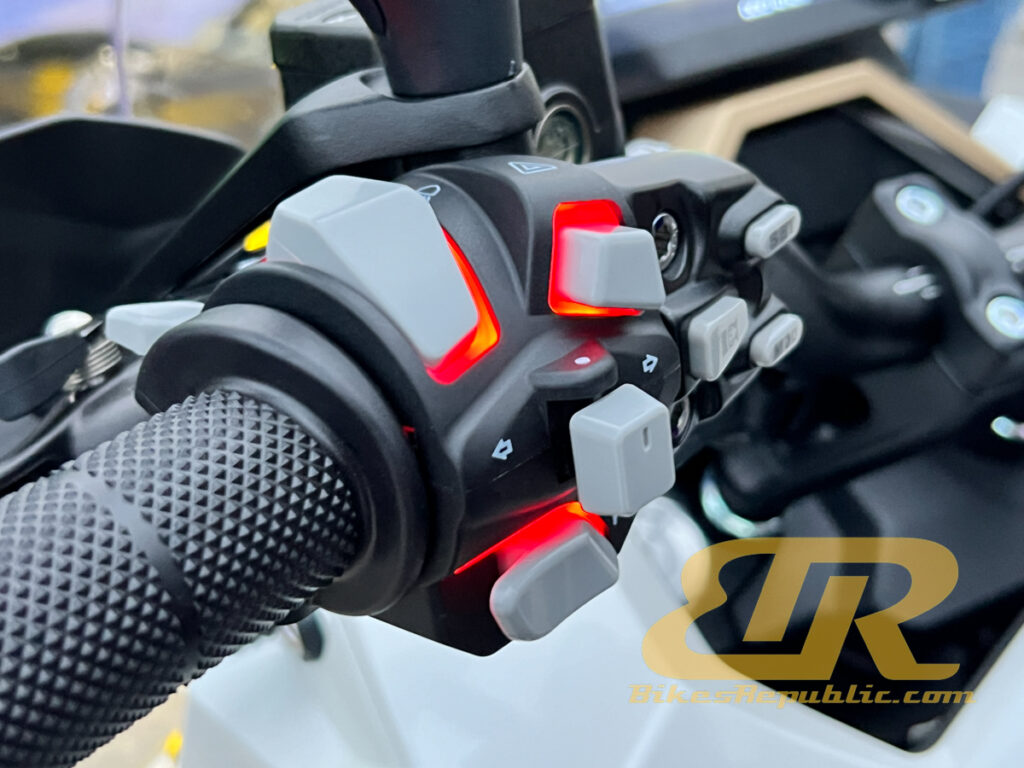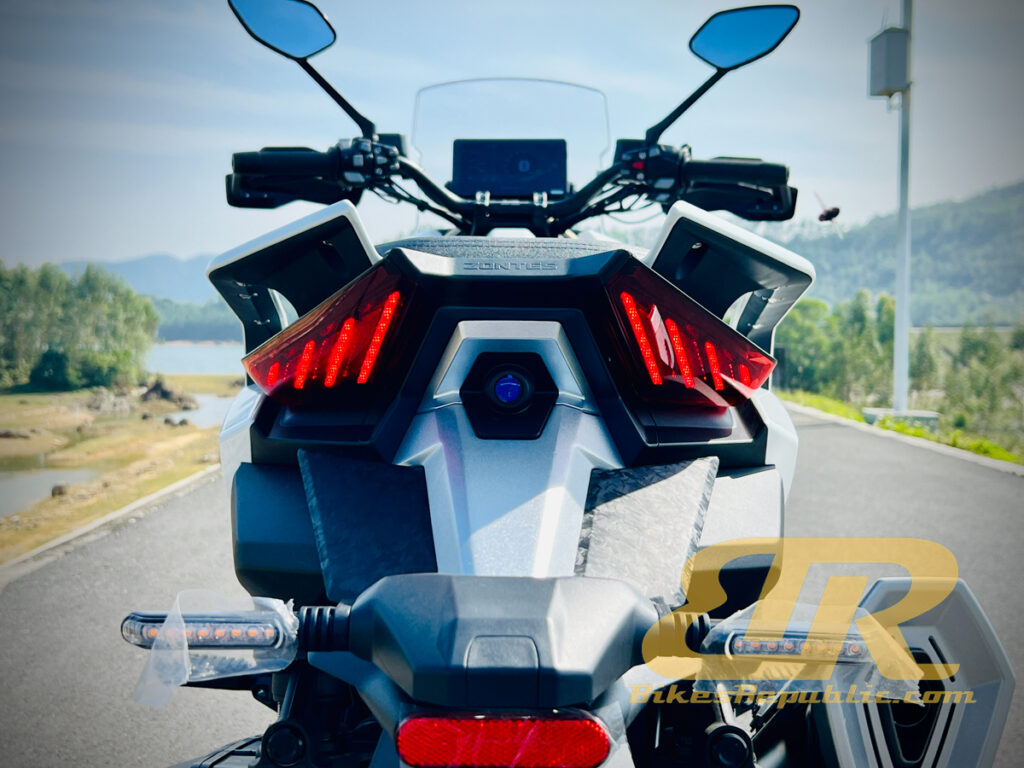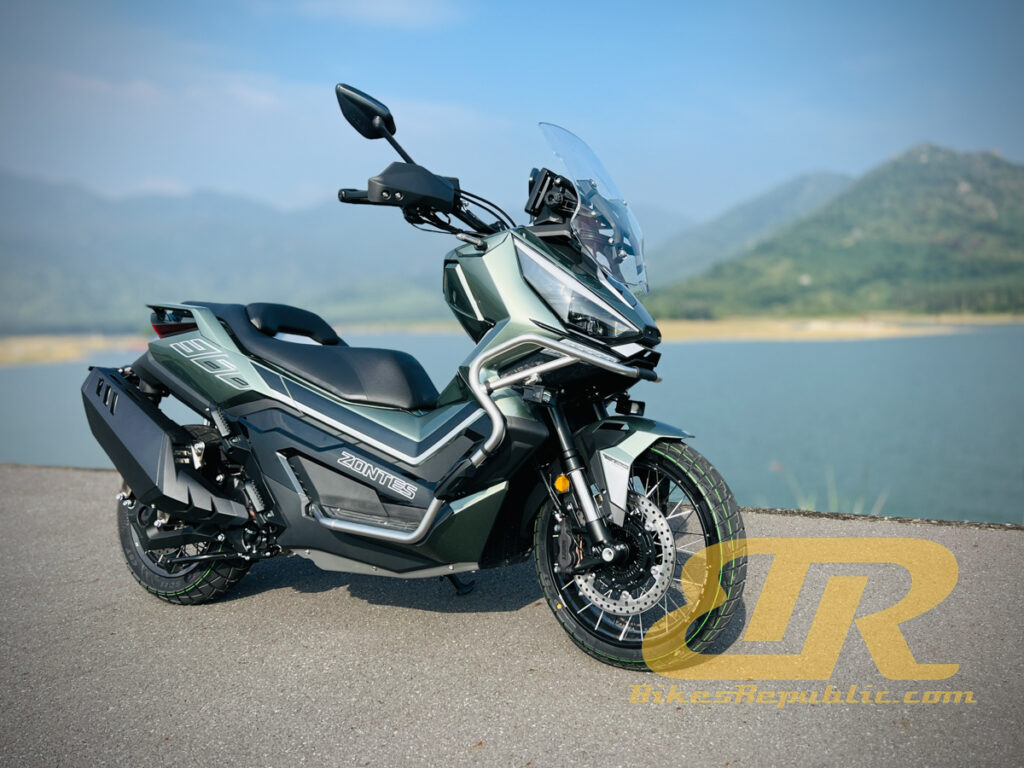Being the world’s largest motorcycle maker would invariably mean you would have produced all sorts of motorcycles and the engines that power them. However, Honda loves the V4 engine in particular hence so many of their iconic motorcycles were V4-powered. -However, regulatory bodies do not share such enthusiasm and the Euro5 emission had put an end to any V4 bike in Honda’s line up. So, here is a fond look at the greatest Honda V4 motorcycles of yesteryears.
10. Honda VF750F Interceptor (1982-1985)

Honda’s V4 ‘project’ began with the ill-fated NR500 GP racer in 1978, but their V4 road bike story began with the VF750S Sabre and VF750F Interceptor in 1983.
The S was a semi-cruiser roadster, while the F had a half-fairing. Both were based on the same 90º V4, with the S being shaft driven and the F via a chain. They were both considered high-tech at the time, being liquid-cooled and 16 valves. The VF750F in particular was an advanced, impressive design with box-section frame, nose fairing, 16-inch front wheel, adjustable suspension and more.
Unfortunately, early versions were blighted by premature cam wear, so much so they became known as the ‘chocolate cam’ V4s. Honda initially ignored the problem, which was caused by inadequate oil flow, then eventually improved the design, eliminating the fault. But, following the folly of the NR racer, it was too late to save the V4 the bikes’ reputation, hence the short model lifespan.
9. Honda VF1000R (1984-1987)

Honda was not content of building just a 750cc V4, they went big the next year by introducing three(!) 1000cc, in addition to a 400cc V4s.
The R was intended to be the ultimate, showcasing all Honda’s latest technology as a successor to the CB1100R. Where the other 1000s (and 750s) had chain-driven cams, the R had a sophisticated gear-driven arrangement.
It also had anti-dive forks, GP-alike Comstar wheels, a box-section frame, twin radiators and race-style bodywork comprising a full-fairing, removable seat hump and twin endurance style headlights, a year before Suzuki’s new GSX-R750.
High compression heads helped produce 122bhp and drive the VF onto 150mph, making it the fastest bike of the day (prior to the Kawasaki GPz900R). Unfortunately, all that tech and gear-driven cams also made the R quite heavy. It was also ridiculously expensive hence there are not many examples these days.
8. Honda VF400F (1983-1987)

Despite Honda’s intends and purposes to dominate the big bike market with the VF750 and VF1000, many enthusiasts say that the best Honda V4 of the era was the VF400F.
The engine had 16 valves and produced 55hp, very close to Yamaha’s RD350 YPVS two-stroke’s 59hp. It also had those iconic inboard disc brakes and bikini fairings.
Honda released the fully-faired VF500F in Europe the next year. It had conventional disc brakes, and 70hp. And it did not have cam issues.
7. Honda VFR1200F (2009-2017)

Wait! Where is the VFR750/VFR800? Do not worry, those are further up the list, as we are counting down based on merit, rather than when they were produced.
In fact, the VFR1200F was the successor to the VFR750/800. However, the bike’s development was fraught with prolonged teases and delays.
The all-new 1237cc V4 engine was actually good: producing 170bhp, lots of midrange torque and power, and featuring shaft-drive. From 2010, it became the platform to debut Honda’s optional, semi-automatic ‘DCT’ gearbox.
Unfortunately, the buying public during the time found it was too heavy; the ‘sports-tourer’ concept was by then outdated; its styling was disliked; its fuel tank was too small and lack of high-spec tech, with an old school dash and no electronic rider aids, compared to its peers.
6. Honda NR750 (1992)

In many ways the NR750 was not only the ultimate Honda V4, it was the most exotic motorcycle of all – ever.
Hand-built, no expense-spared road-going ‘celebration’ bike to mark Honda’s oval-piston V4 racing project, the NR750 could very well be Honda’s most exotic production motorcycle. Ever.
Honda had first proposed the oval piston concept in the NR500 racer in 1978. It was a four-stroke V4 GP bike but with oval pistons with twin con rods and eight valves per cylinder to create the power of a V8. The company wanted to show the world that their four-strokes could take the fight to two-stroke GP bikes of that era. Unfortunately, the project did not yield the success they sought, and Honda went on to create firstly the NS500 three-cylinder two-stroke racer, and finally the world-conquering NSR500 four-cylinder two-stroke GP machines.
Back to the NR750 road bike, it had 125bhp and too much weight. But its gorgeous styling, plus high-end specs such as a carbon fibre single-sided swing arm, titanium con rods, inverted forks, etc. put it above production bikes of the era. Only 200 were built with a new price of £38,000 in 1992.
To be continued…








